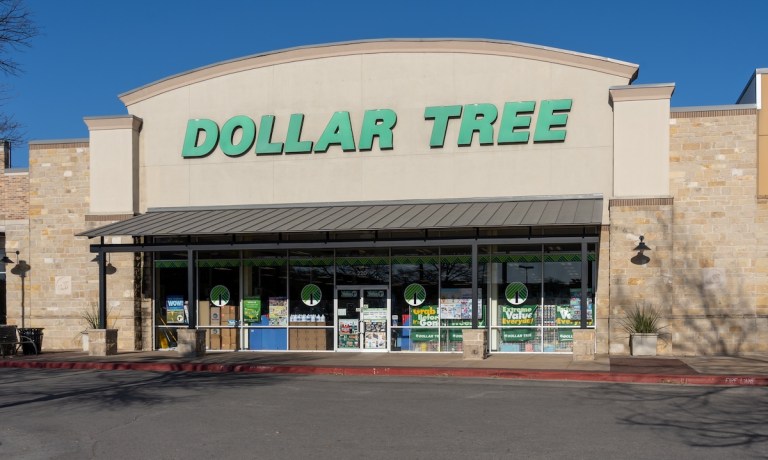Consumers Increasingly Trade Down to Less Expensive Retailers

While many of consumers’ cost-conscious behaviors in response to inflation are easing slightly, retail shoppers are increasingly switching to lower-cost stores.

By the Numbers
For the January edition of the Consumer Inflation Sentiment series of reports, “Consumers Shop Secondhand Stores as Often as Other Retail,” PYMNTS Intelligence surveyed more than 2,300 United States consumers in December about how price increases are affecting their purchasing behavior.
The results revealed that throughout 2023, many inflation-related budgeting behaviors became slightly less common. For instance, the share of consumers reporting that they had reduced the quality of the items they purchased dropped from 36% in December 2022 to 32.5% in December 2023, and the share cutting down on nonessential spending decreased from 65.1% to 61.6% in the same period.
Yet over the year, consumers began shifting away from higher-priced retailers to more budget-friendly competitors more often. The share of consumers reporting that they had switched to cheaper merchants for retail products rose from 53.9% in December 2022 to 57.6% in December 2023.
The Data in Action
Walmart, for its part, has been making gains with value-seeking consumers, including those in the upper-income bracket.
“Seeing the number of customers who shop continue to grow, we’ve seen new customers all year across a wide variety of income groups,” Walmart U.S. President and CEO John Furner told analysts on the company’s latest earnings call.
Similarly, throughout this inflationary period, discount retailer Dollar Tree has also noted gains in demographics that previously were not as likely to shop at the chain’s stores.
“In the past year, we have added nearly 5 million new customers across both segments, with 2.6 million of these customers having a household income over $125,000,” CEO Rick Dreiling told analysts on a call in August.
For all PYMNTS retail coverage, subscribe to the daily Retail Newsletter.